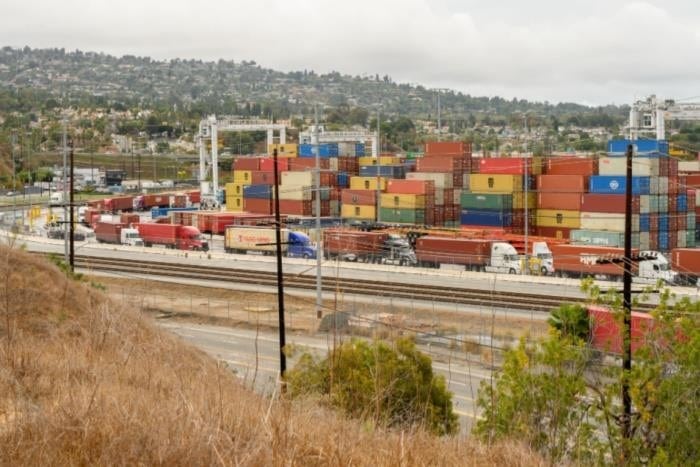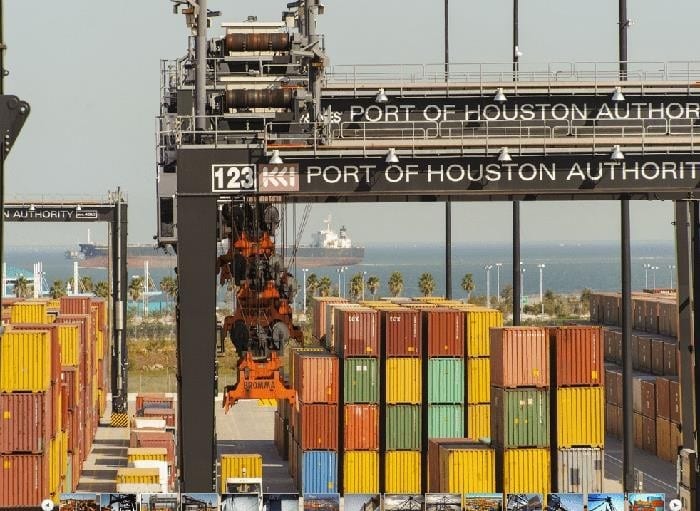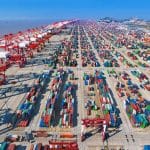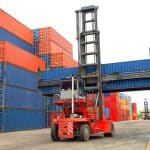DATA HELPING DRIVERS ACHIEVE HIGHER LA-LB DUAL TRANSACTION RATES: DRAY ALLIANCE

It is enabling “above market” use of so-called dual transactions in the ports of Los Angeles and Long Beach this year. The company, which in December raised $40 millions, 83.8 percent of the company’s transactions at the Southern California port complex involve a driver returning an empty container and then picking up a laden import container in the same move. According to data provided to Dray Alliance by the Harbor Trucking Association (HTA), dual transactions account for 49.3
percent of moves at four LA-LB terminals that measure such activity: Yusen Terminals, Total Terminals International, Everport Terminal Services, and TraPac. Dual transactions are considered a key solution in reducing port congestion at the busiest container gateway in North America, as they allow dray carriers to cut the number of trips to terminals in half and facilitate reuse of chassis. “By focusing on dual transactions, we are working with independent carriers to take strides to decongest ports, move containers at a more efficient clip and free up chassis to repeat the process again,” Dray Alliance CEO Steve Wen said in a statement. “It is essential now to find effective ways to clear the backlogs that persist at our ports.
Inconsistent and inefficient port practices have been a pain point in our industry well before the pandemic. They were just exacerbated by the myriad of disruptions.” Los Angeles-based Dray Alliance, founded in 2017, has built a platform that helps shippers find drayage capacity and manage moves to and from local cargo receiving facilities. The company has prioritized enabling dual transactions in Southern California by using data to discover those opportunities and present them to drivers in its network. Aside from helping dray carriers find loads, Dray Alliance also provides insurance and scheduling tools and is building out a visibility product Wen said shippers also benefit directly from dual transactions by avoiding out-gate charges and paying less in per diem fees. In December 2020, the Port of Long Beach said it was partnering with its six terminals to encourage a 50 percent dual transaction rate.
HOUSTON’S PORT CHIEF TARGETS 2025 COMPLETION FOR BIG SHIP DREDGING

As the Port of Houston undertakes a long- term dredging project meant for handling larger ships, it’s also moving ahead with a number of short- term measures to deal with the current influx of container cargo.
Those include dispatching 50 percent more longshore workers to its container berths and opening marine terminal truck gates on Saturdays, according to the port’s chief. Port Houston Authority last week
announced the start of Project 11, a major deepening and widening project that will allow the Houston Ship Channel to handle larger vessels and more easily accommodate two-way traffic. Executive Director Roger Guenther told JOC.com the port and US Army Corps of Engineers hope to complete the dredging by 2025, about three years sooner than originally expected. Guenther said the sped-up timeline stems from the demands of Houston shippers and ocean carriers to deploy more capacity at the port. The unprecedented demand in the last year and half has made us accelerate Project 11 even more. “There’s not a day that goes by when our carriers look at the status of the deepening and widening and when neo-Panamax ships can start calling. The first down payment on the project, $142 million authorized by the US Congress, was allocated in January 2022. It will widen the channel leading into Houston’s Barbours Cut marine terminal. The entire project, which is expected to cost $1 billion, is almost fully funded. Port Houston is looking to private investors, among those the energy and bulk goods customers of the ship channel, to bring another $180 million to the project.
NEAR-RECORD US IMPORTS TO CONTINUE THROUGH OCTOBER: RETAILERS
US retailers on Wednesday projected near-record import volumes for this summer and into fall, warning that already- stressed ports and inland supply chains should prepare for continued challenges through the peak shipping season. We’re in for a busy summer at the ports. GPT, which is published by the NRF and Hackett Associates, forecasts that monthly import volumes through October will be a mixed bag compared with the same record-breaking period a year ago — slightly more in some months and slightly less in others. But those volumes will nonetheless be about 20 percent higher than pre-COVID 2019, meaning relief is unlikely anytime soon for the US’ stressed supply chain.




